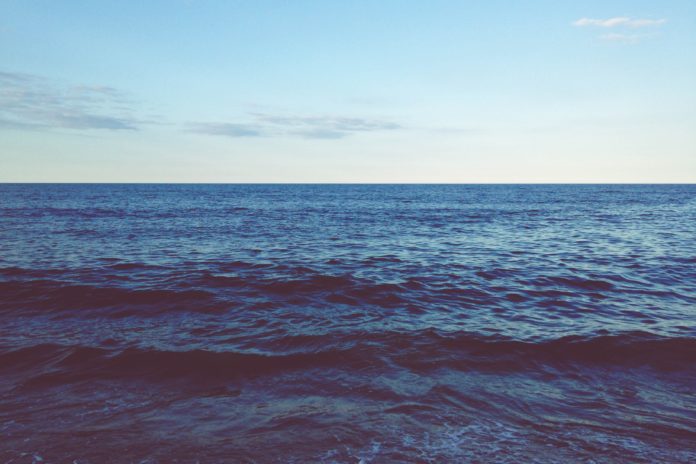We all know where the top of the world is, but do you know where is the Earth’s lowest point, and what is it called?
Well, the answer is at The Mariana Trench. The crescent-shaped hole in the Earth’s crust is located in the western Pacific Ocean, it is about 10,994 meters (36,070 feet) deep and it is called the Challenger deep.
How was The Mariana Trench discovered?
In 1872, the British research vessel HMS Challenger was sent to the first ever mission to map the ocean’s floor. The expedition lasted four years, during which the ship crisscrossed the ocean measuring it on every 140 miles using a total of 249 miles of rope with hundreds of pounds of lead weight. At that time, it was the only existing method for measuring the depth of the ocean floor. The Challenger crew made a remarkable discovery by recording a depth of 4,475 fathoms, or 8,184 meters (26,850 feet).
This was a historical moment which led to series of researches.
Human life is impossible at The Mariana Trench because of the water pressure. However, in 1960 two ship members, Jacque Piccard, the son of the boat’s designer, and Don Walsh, a US Navy Lieutenant, dived into The Mariana Trench by a bathyscaphe called Trieste and reached the recorded maximum depth of about 10,911 meters (35,797 feet). This was the first and only time when humans ever reached the Earth’s lowest point.
Although humans can’t survive in such depth, there are still some creatures that can live in the freezing cold and the never-ending darkness. For example, dragonfish who produces their own light or hatchet fish with enormous eyes.

